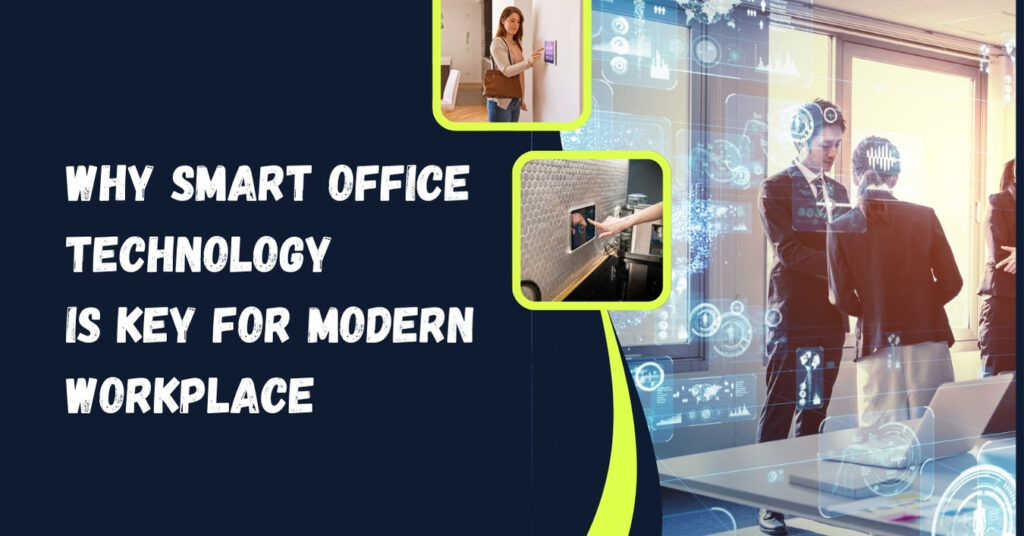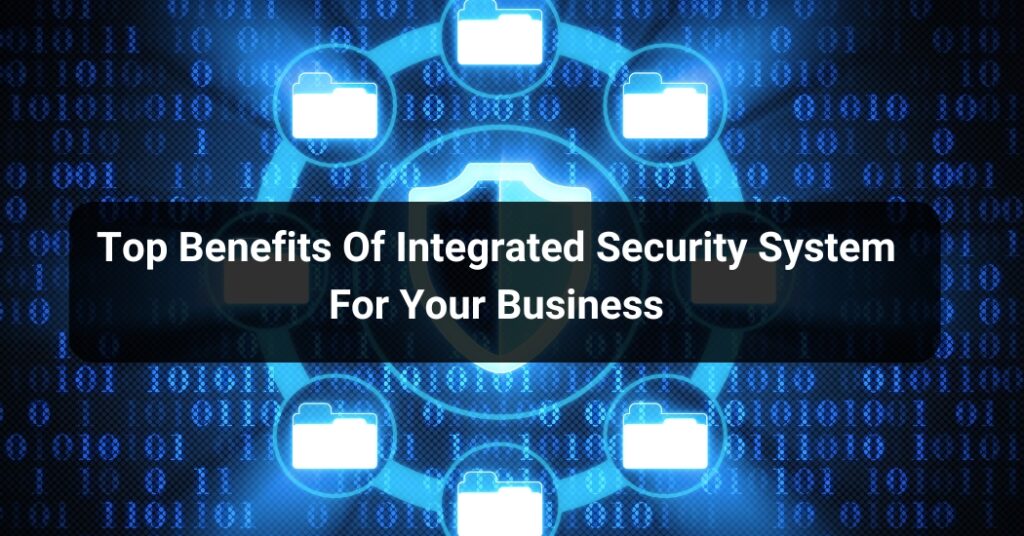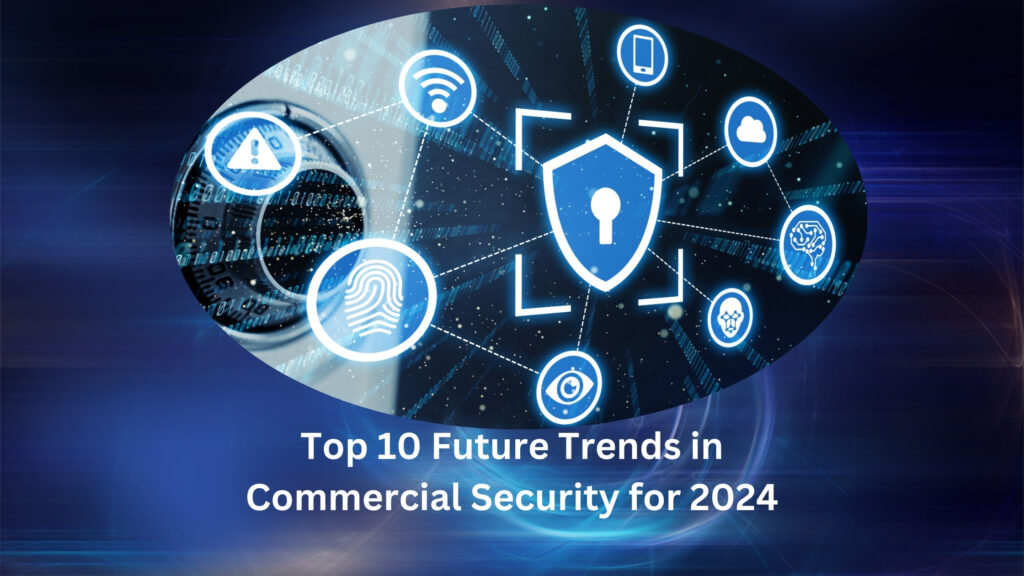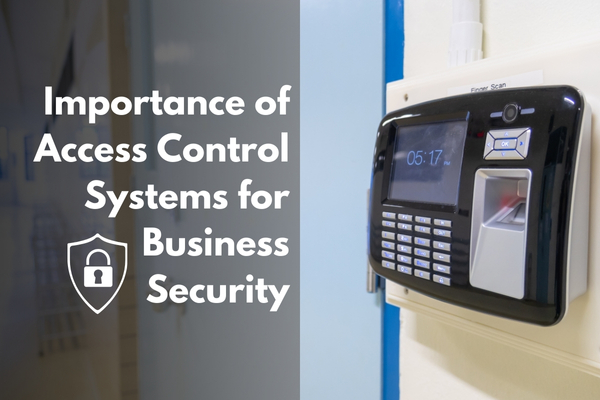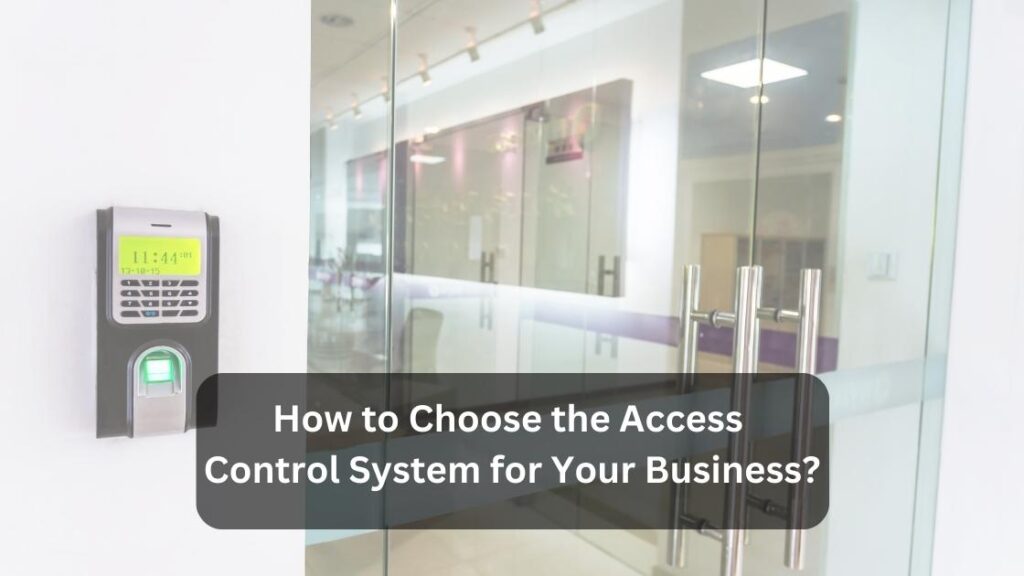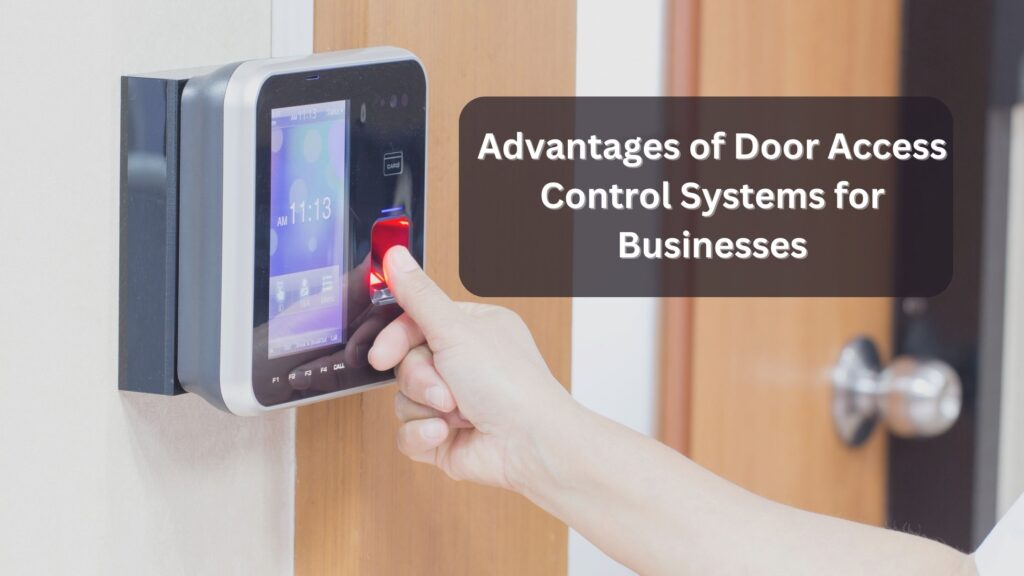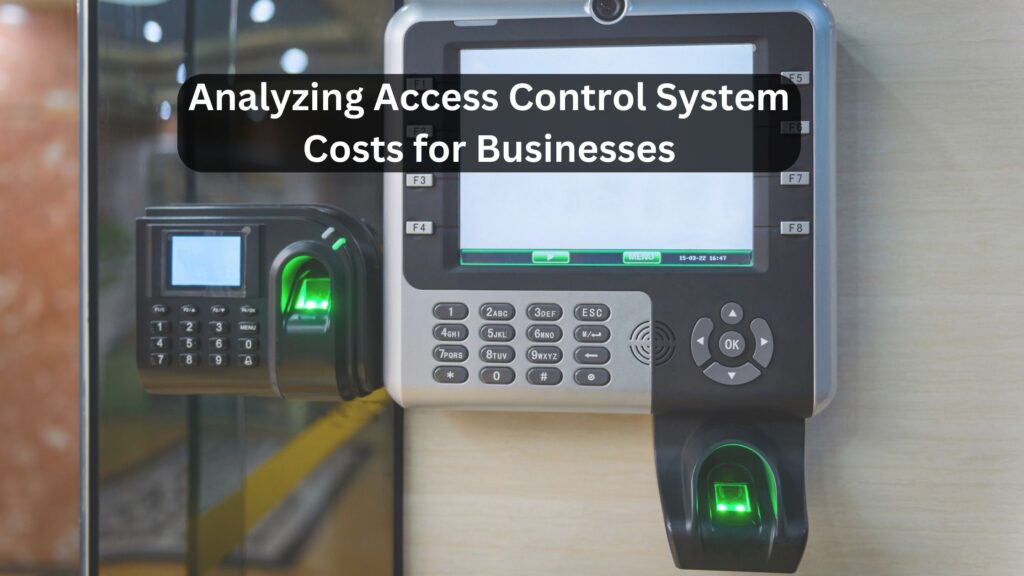Currently Empty: $0.00
Access Control Systems Vs Traditional Security Measures

As businesses continue to prioritize security, the debate between modern access control systems and traditional security measures intensifies. Both options offer unique benefits, but which is better suited for your business? In this blog, we’ll delve into the differences, benefits, and latest trends in these security solutions. Additionally, we’ll explore the types of access control systems and traditional security measures, discuss how network cabling services play a role, and highlight why your business should implement access control systems.
Contents
Understanding Access Control Systems Vs Traditional Security Measures
Access Control Systems are advanced security solutions designed to manage and regulate who can enter or exit a facility or specific areas within it. These systems utilize various technologies, such as keycards, biometric scanners, and mobile credentials, to authenticate users and grant access. Access control systems offer real-time monitoring, automated access logs, and seamless integration with other security systems, making them a powerful tool for modern businesses.
On the other hand, Traditional Security Measures typically include physical barriers like locks, fences, security guards, and surveillance cameras. While these methods have been effective for decades, they often lack the automation, flexibility, and detailed tracking capabilities that access control systems provide. Traditional security measures may rely more heavily on human intervention and can be less efficient in large or complex environments.
Benefits of Access Control Systems and Traditional Security
Access Control Systems:
- Enhanced Security: Access control systems ensure that only authorized personnel can access certain areas, reducing the risk of unauthorized entry and theft.
- Real-Time Monitoring: These systems provide real-time visibility into who is entering and exiting your facility, allowing for immediate responses to potential security threats.
- Scalability: Access control systems are easily scalable, making them suitable for businesses of all sizes, from small offices to large multi-site enterprises.
- Integration: They can be integrated with other security systems like surveillance cameras and alarm systems, creating a comprehensive security solution.
- Convenience: Automated access control eliminates the need for physical keys, reducing the risk of lost or duplicated keys and simplifying access management.
Traditional Security Measures:
- Simplicity: Traditional security measures are often straightforward and easy to implement, especially for smaller businesses or low-risk environments.
- Physical Presence: Security guards and physical barriers provide a visible deterrent to potential intruders, which can be reassuring for employees and visitors.
- Reliability: Basic mechanical locks and fences are not dependent on electricity or network connectivity, making them reliable in power outages or system failures.
Which One is Better?
While traditional security measures have their place, access control systems are generally better suited for modern businesses that require advanced security features, scalability, and integration capabilities. For organizations looking to enhance their security infrastructure, access control system installers in Dallas offer tailored solutions that meet specific security needs.
Latest Trends in Access Control Systems
The field of access control is constantly evolving, with new trends and technologies emerging to enhance security and user experience:
- Biometric Authentication: Biometric access control systems, which use fingerprints, facial recognition, or iris scans, are becoming increasingly popular due to their high level of security and convenience.
- Cloud-Based Access Control: Cloud-based systems allow for remote management and monitoring, making them ideal for businesses with multiple locations or a need for flexible access control.
- Mobile Credentials: The use of smartphones as access credentials is on the rise, providing a convenient and contactless way for employees to enter secure areas.
- Integration with IoT: The Internet of Things (IoT) enables smart access control systems to communicate with other devices and systems, such as lighting and HVAC, for a more integrated and automated building management experience.
- AI and Machine Learning: These technologies are being used to analyze access patterns, detect anomalies, and predict potential security threats, allowing for more proactive security management.
Types of Access Control Systems and Traditional Security
Types of Access Control Systems are as follows:
- Discretionary Access Control (DAC): This system allows the owner or administrator to determine who has access to specific areas based on their discretion. It’s flexible but can be less secure if not managed properly.
- Mandatory Access Control (MAC): Access rights are determined by a central authority and are based on strict regulations. It’s often used in government and military settings due to its high security.
- Role-Based Access Control (RBAC): Access is granted based on the user’s role within the organization. This system is common in corporate environments where employees need different access levels depending on their job function.
- Rule-Based Access Control: Access is granted or denied based on predefined rules, such as time of day or location. This system is often used in conjunction with RBAC or MAC.
- Biometric Access Control: Utilizes biometric data, such as fingerprints or facial recognition, for secure access. It’s highly secure and commonly used in high-risk areas.
Types of Traditional Security are as follows:
- Locks and Keys: The most basic form of security, locks and keys are still widely used but can be easily lost or duplicated.
- Security Guards: Physical presence can deter intruders and provide immediate response to security breaches.
- Surveillance Cameras: Used to monitor and record activity, cameras are effective for deterrence and evidence collection.
- Fences and Gates: Physical barriers that prevent unauthorized access to a facility or property.
Importance of Network Cabling in Optimizing Access Control Systems
Network cabling plays a crucial role in the functionality of access control systems. Proper cabling ensures that all components of the system—such as card readers, controllers, and software—communicate effectively and efficiently. Network cabling services ensure that your access control system is not only installed correctly but also optimized for performance and scalability.
- Structured Cabling: A well-designed cabling infrastructure is essential for the smooth operation of access control systems, ensuring reliable communication between devices. For detailed insights check out this comprehensive guide on best practices in data center cabling.
- High-Speed Data Transmission: Quality cabling enables high-speed data transmission, reducing latency and ensuring that access control commands are executed quickly.
- Future-Proofing: Professional network cabling services can design a system that is scalable and ready for future upgrades, ensuring that your access control system remains up-to-date with the latest technologies.
Reasons Your Business Should Implement Access Control Systems
Implementing an access control system offers numerous advantages for businesses of all sizes. Here are some compelling reasons to consider:
- Enhanced Security: Access control systems provide a higher level of security by ensuring that only authorized personnel can access specific areas. This reduces the risk of theft, data breaches, and unauthorized access.
- Improved Operational Efficiency: Automating access control reduces the need for manual security measures, freeing up staff to focus on other critical tasks.
- Compliance: Access control systems help businesses comply with industry regulations by providing detailed audit trails and controlled access to sensitive areas.
- Scalability: These systems can easily scale to accommodate business growth, whether you’re expanding to new locations or adding more employees.
- Remote Management: Cloud-based access control systems allow for remote management and monitoring, making it easy to oversee security across multiple sites.
As businesses continue to evolve, so do their security needs. While traditional security measures have their merits, access control systems offer a more advanced, flexible, and scalable solution for modern businesses. By integrating cutting-edge technologies such as biometrics, cloud-based management, and IoT, access control systems provide robust protection while enhancing operational efficiency.
For businesses, working with experienced access control system installers in Dallas ensures that your access control system is expertly installed, fully integrated, and optimized for your specific needs. As you weigh your options, consider the long-term benefits of access control systems and how they can help secure your business now and in the future.


